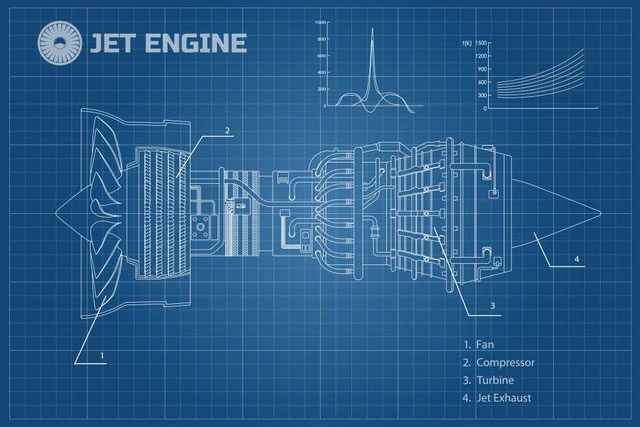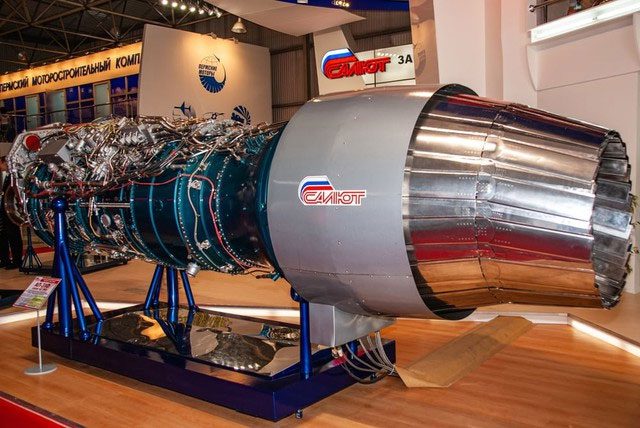Some fighter jets are equipped with afterburners to mix fuel with exhaust gases. This provides them with additional thrust, which is very useful for supersonic flight.
A country’s air force is not only a well-functioning organization but also well-marketed. First, there is no shortage of films featuring thrilling scenes involving powerful aircraft. Then there are airshows and exhibitions sponsored by regulatory agencies. Such events aim to educate the public and reinforce their confidence in the armed forces. One image that constantly piques my curiosity is the fiery tail of some fighter jets. Why do the tails of certain fighter jets glow orange?

The afterburning process creates a long, fiery tail emitting from the aircraft’s exhaust.
Why Do Some Fighter Jets “Breathe” Fire?
The orange light seen at the tail of certain fighter jets is generated by the afterburners. An afterburner is a device that burns additional fuel in the exhaust of the aircraft’s jet engine. This creates the extra thrust needed for the aircraft to reach supersonic speeds.
Aircraft are propelled by the thrust produced by the jet engine. To enable rapid altitude changes or achieve supersonic speeds, the thrust alone is not sufficient. In theory, a larger engine could solve this problem. However, in practice, a larger engine means increased weight, reduced efficiency due to larger fan area, and higher fuel consumption.
Thus, the main solution is to generate additional thrust from the existing engine.
To accomplish this, engines are equipped with afterburners to provide extra thrust without significantly increasing the engine’s overall shape. Before delving into the operation of afterburners, we must understand how jet engines work and how afterburners are installed.

The afterburner is a distinct extension of the fighter jet engine.
Aircraft primarily rely on jet engines for thrust. An aircraft engine operates in four stages. Initially, a fan draws air into the engine. The air is accelerated and split into two parts. One part of this accelerated air circulates through the engine core via a duct, helping to cool the engine and reduce noise during operation.
The remaining air enters the engine core, where it is compressed up to 40 times, making it extremely dense. It is then pushed into the combustion chamber, where it is mixed with fuel and ignited.

The four stages of thrust generation in a jet engine.
The result of this ignition is a stream of very hot, high-energy air that pushes through the engine components. It exits the combustion chamber and drives the turbine as it flows out. This turbine is connected to the fan and compressor, and its movement keeps the engine operating. As exhaust exits the turbine, it mixes with the incoming airflow and enters the nozzle.
This generates thrust to propel the aircraft forward. Engines come in various configurations, such as turbojet, turboprop, turbofan, and ramjet engines. Aircraft designed for supersonic flights are equipped with ramjet and scramjet engines, which have no moving parts like compressors, fans, and turbines.

The afterburner is installed behind the engine’s nozzle and includes a dedicated combustion chamber and a variable nozzle.
The afterburner, as its name suggests, is installed at the end of the jet engine’s exhaust pipe. It is an extension equipped with nozzles and a cover to further divide the exhaust flow entering it. While part of the exhaust flow is burned in the combustion chamber, the remaining flow is redirected to cool as it exits the afterburner.
How Does an Afterburner Work?
Jet engines are typically programmed to run lean, meaning there is more air in the air-fuel mixture than is necessary for combustion. This means that there is an excess of unburned oxygen available in the exhaust gases exiting the engine’s nozzle. This hot exhaust then enters the afterburner, where part of it is injected with fuel and ignited.

Operation of the afterburner.
This process is referred to as afterburning or reheating. As a result, the temperature and volume of the exhaust gases exiting the afterburner increase significantly. The remaining exhaust flow from the engine is routed through a cover along the wall of the afterburner. Like the engine, this airflow is mixed with the afterburner exhaust to keep the engine running smoothly and cool. In some engines, fresh air is supplied directly from the compressor instead of using exhaust gases.

Variable nozzle of the afterburner (shown in steel).
The afterburner is equipped with a variable nozzle that can expand or contract to accommodate the additional exhaust flow. This prevents gases from flowing back into the main engine, where they could disrupt normal engine operation.
Limitations of the Afterburner
Although afterburning is a great way to achieve much higher speeds than originally intended, they have some design limitations.
First, the temperature in the afterburner’s combustion chamber can reach up to 1,700°C. This significantly limits the types of materials that can be used in its construction, while also reducing its lifespan.
Another undesirable characteristic of the afterburner’s combustion chamber is the welding torch-like flame of hot exhaust emitted from the nozzle. This strong thermal signature reduces the aircraft’s stealth index, making it more vulnerable to enemy attacks.
Afterburners are also notorious for increasing fuel consumption. As a result, pilots only use afterburners in specific situations, such as flying at supersonic speeds, gaining a combat advantage, or climbing rapidly.

The long flame tail from the afterburner creates an undeniable thermal signature, making the aircraft easier to detect.
The first afterburner was tested by Americans in the early 1940s. Although modern engines can achieve supersonic flights without them, afterburners are still considered an essential device in challenging times.
With competing technologies like electric propulsion still in their infancy, it may be some time before afterburners are phased out!


















































